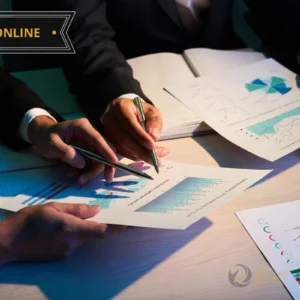This course will introduce you to the concept of social investing and how it can help you achieve both financial and social returns. You will learn about the different approaches and criteria of social investing, such as environmental, social, and governance (ESG) factors, principles for responsible investment (PRI), and impact investing. You will also learn how to assess the performance and impact of your social investments, and how to communicate and report them to your stakeholders. You will explore the link between social investing and sustainable development, and how you can contribute to the global goals of addressing social and environmental challenges, such as poverty, inequality, climate change, and biodiversity loss.
Online Courses, Sustainability
Social Investing and Sustainable Development How to Align Your Portfolio with Your Values and Impact – Online
£2,000.00
Categories: Online Courses, Sustainability
| From where you want to join? | London, Edinburg, Dubai, Riyadh, Istanbul, Marrakesh, Bali, Sydney, Auckland, Paris, Rome, Berlin, Madrid, Prague, Vienna, Munich, Geneva, Bercelona, Athens, Iceland, Singapore, Lagos, Accra |
|---|
Be the first to review “Social Investing and Sustainable Development How to Align Your Portfolio with Your Values and Impact – Online” Cancel reply
Related products
-
Human Resource Management
Organization and Workforce Planning for Business Success Tools and Techniques – Online
£2,000.00 Enroll NowRated 0 out of 5 -
Human Resource Management
Essential HR Practices for Managers, Team Leaders and Supervisors: How to Manage People Effectively – Online
£2,000.00 Enroll NowRated 0 out of 5 -
Corporate Governance
Shareholder Management: Principles, Practices and Skills – Online
£2,000.00 Enroll NowRated 0 out of 5 -
Corporate Governance
Diversity and Inclusion in the Organization: Concepts, Strategies and Skills – Online
£2,000.00 Enroll NowRated 0 out of 5






Reviews
There are no reviews yet.